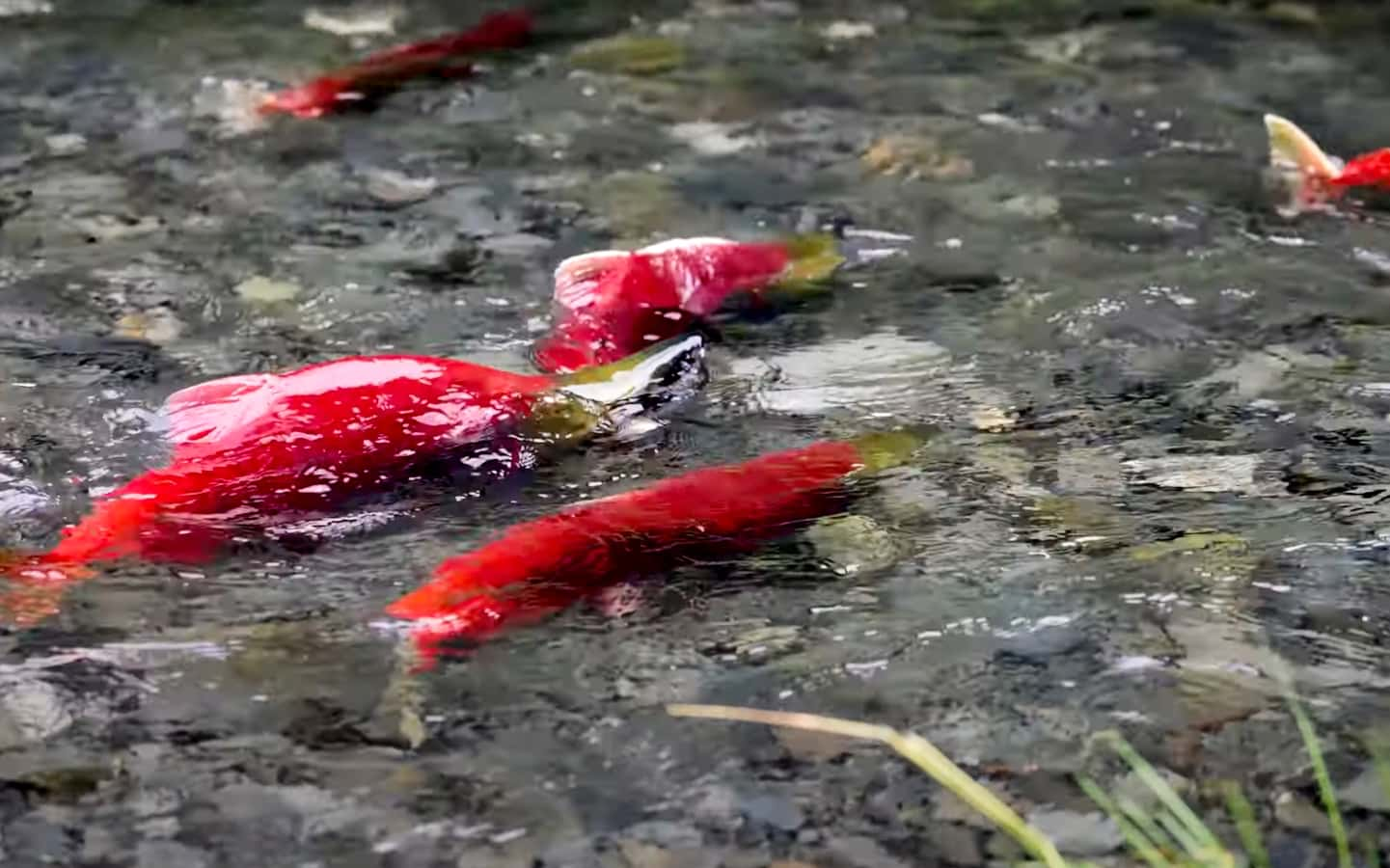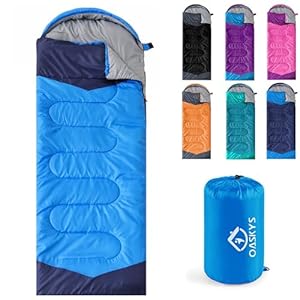

The pollock trawling fleet working within the Gulf of Alaska has been shut down early resulting from an alarming variety of chinook salmon displaying up as bycatch. In line with SalmonState, a nonprofit conservation group, two “midwater” pollock trawl boats by chance netted 2,000 chinook salmon in sooner or later, which introduced the “estimated season complete of chinook bycatch to close or over their allowable quantity.”
Primarily, trawlers are allowed to catch a sure variety of chinook salmon annually as they trawl for pollock. Any fish that isn’t pollock is taken into account “bycatch” and have to be thrown again (though fish introduced in as bycatch are sometimes useless). This bycatch quantity has been on the heart of fierce debate, particularly as chinook salmon numbers proceed to plummet, effecting a myriad of different marine and freshwater species.
The trawling neighborhood has come below hearth not too long ago from industrial crab fishermen to leisure anglers alike. Trawlers are sometimes accused of getting a adverse influence on fishery and ecosystem well being by their strategies of catching fish, which is suspending nets and dragging them alongside behind the boat.
In line with SalmonState, “Whereas pelagic or midwater gear is meant to be off the seafloor, current research discovered that trawl nets contact the underside on common 40% to 80% of the time, with charges as much as 100% on manufacturing facility ships, additionally referred to as catcher/processors.” The trawlers who caught the chinook and compelled the closure of the pollock season have been utilizing midwater trawling gear.
SalmonState additionally printed 2024’s present bycatch numbers in each the Gulf of Alaska and the Bering Sea, which stands at:
- 34,017 Chinook salmon
- 44,843 Chum salmon
- 818,476 crabs
- 3.8 million kilos of halibut
- 3 million kilos of herring
“Federal trawl fisheries catching Chinook in Alaska’s waters have had a detrimental influence on our communities and the households that depend on a wholesome ecosystem to follow a lifestyle that is still central to who we’re as Indigenous Peoples. The inequities in coverage that enable bycatch of Chinook in Alaska waters whereas Tribes have restricted or no entry is unacceptable,” mentioned Craig Chythlook, Fisheries Coverage Director for Native Peoples Motion.
Trending Merchandise











